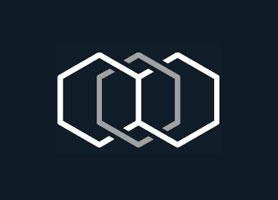Introduction
Die Liposuktion ist derzeit die meist angewandte Technik zur Entfernung ?bersch?ssiger und dysmorpher Fettdepots. Aufgrund ihrer derzeitigen Sicherheit und der relativ leichten Durchf?hrbarkeit wird sie weltweit eingesetzt. Im Lauf der Jahre wurden durch verschiedene Innovationen verbesserte Ergebnisse erzielt. Anf?nglich gab es lediglich die trockene Fettabsaugungstechnik [2] mit all ihren Komplikationen, welche durch die Einf?hrung der Tumeszenz-Fettabsaugung abgel?st wurde, die deutlich weniger Komplikationen zur Folge hatte und bessere ?sthetische Ergebnisse erzielte. Neuere Methoden wie der Gebrauch von Vibrationskan?len [5] oder die ultraschallassistierte Fettabsaugung [6, 7, 8] haben zwar Verbesserungen in der Prozedur gebracht, zeigten jedoch keine wesentlichen Ergebnisse in der Straffung der Haut. Auch durch die laserassistierte Fettabsaugung wurden gelegentlich gute Straffungsergebnisse [10, 11, 18, 19] erzielt. Diese Methode ist jedoch sehr zeitaufwendig und eine pr?zise Anwendung hinsichtlich W?rmeentwicklung und Bindegewebsspezifit?t ist nicht m?glich. In letzter Zeit haben nicht-invasive Radiofrequenztechniken Hautstraffungsergebnisse im Rahmen der w?rmeinduzierten Hautbehandlung gezeigt [11, 12]. Die Anwendung von au?en erbrachte jedoch nur moderate Straffungsergebnisse. Das Body-Tite™-System (Invasix Ltd.) ist bis dato die einzige bipolare Anwendung, die genug Radiofrequenzenergie w?hrend der Fettabsaugung erzeugt, um kontrollierte Energie von innen an die Haut und das subdermale Bindegewebe abzugeben und zwar in pr?ziser Tiefe, wobei sowohl eine Lipolyse als auch eine Gef??koagulation stattfindet und zugleich auch eine Straffung der Haut erzielt wird. Die Pilotstudie diente dem Zweck, die Anwendungsm?glichkeit und Sicherheit dieser radiofrequenzassistierten Fettabsaugungstechnik zu pr?fen.


